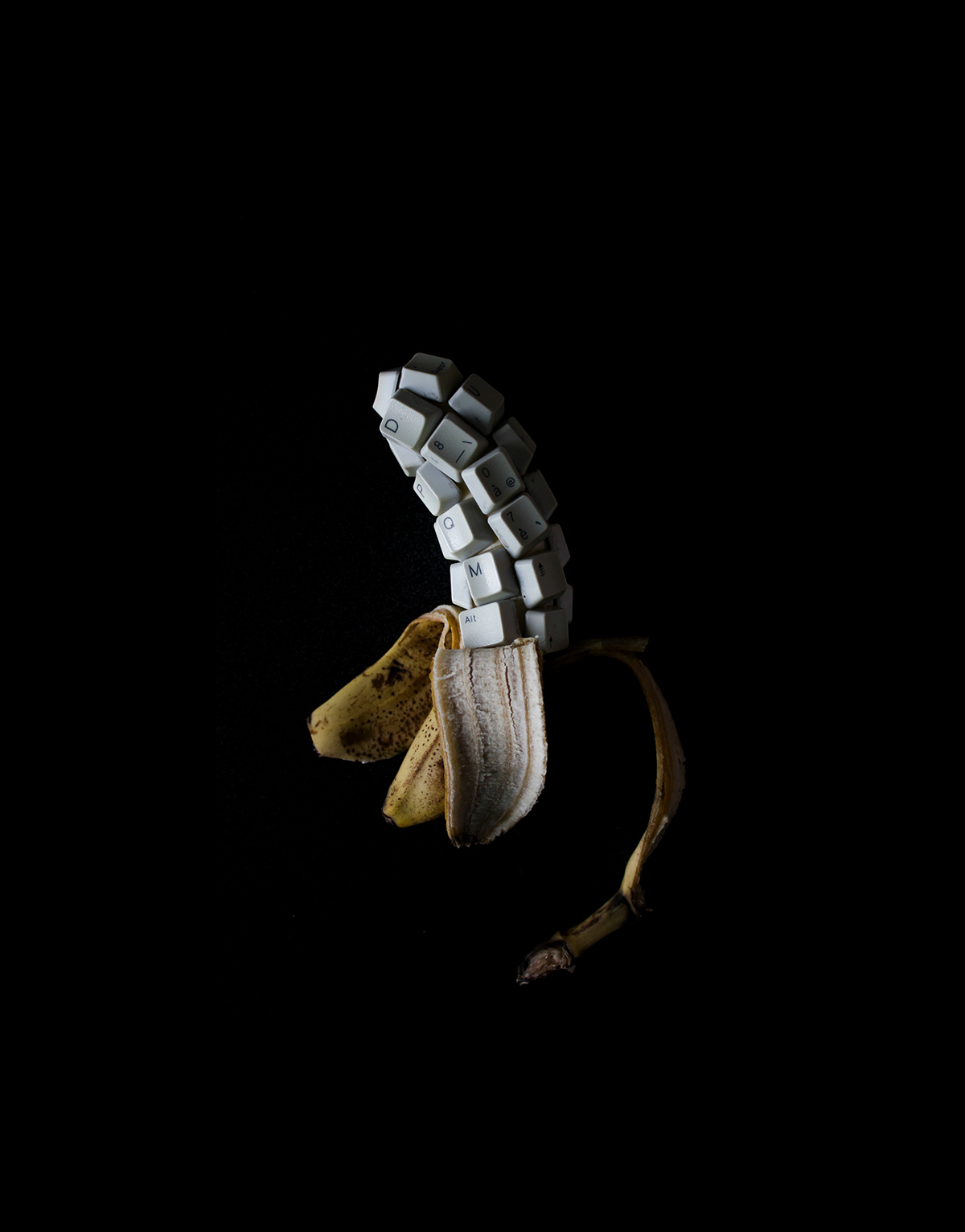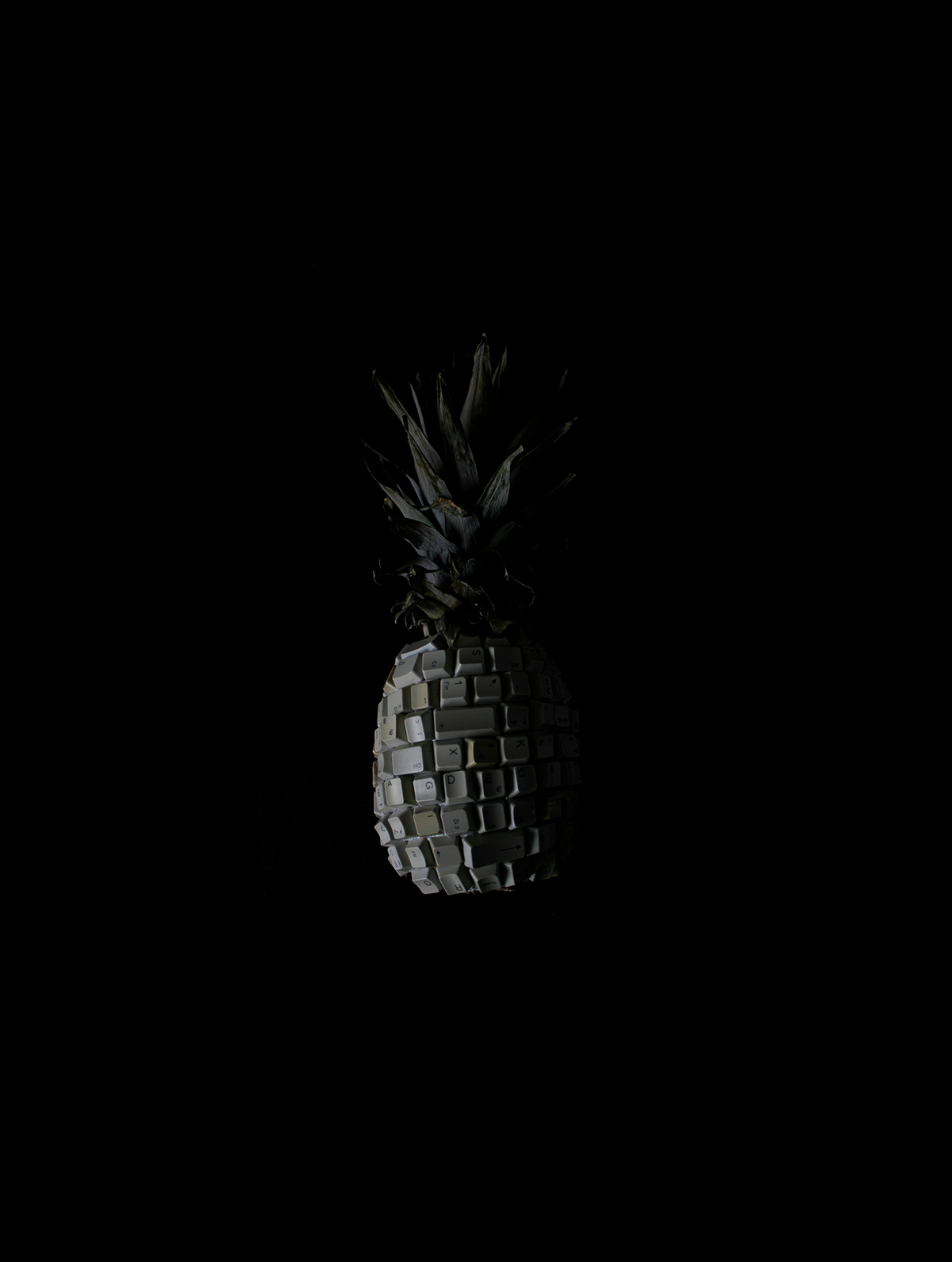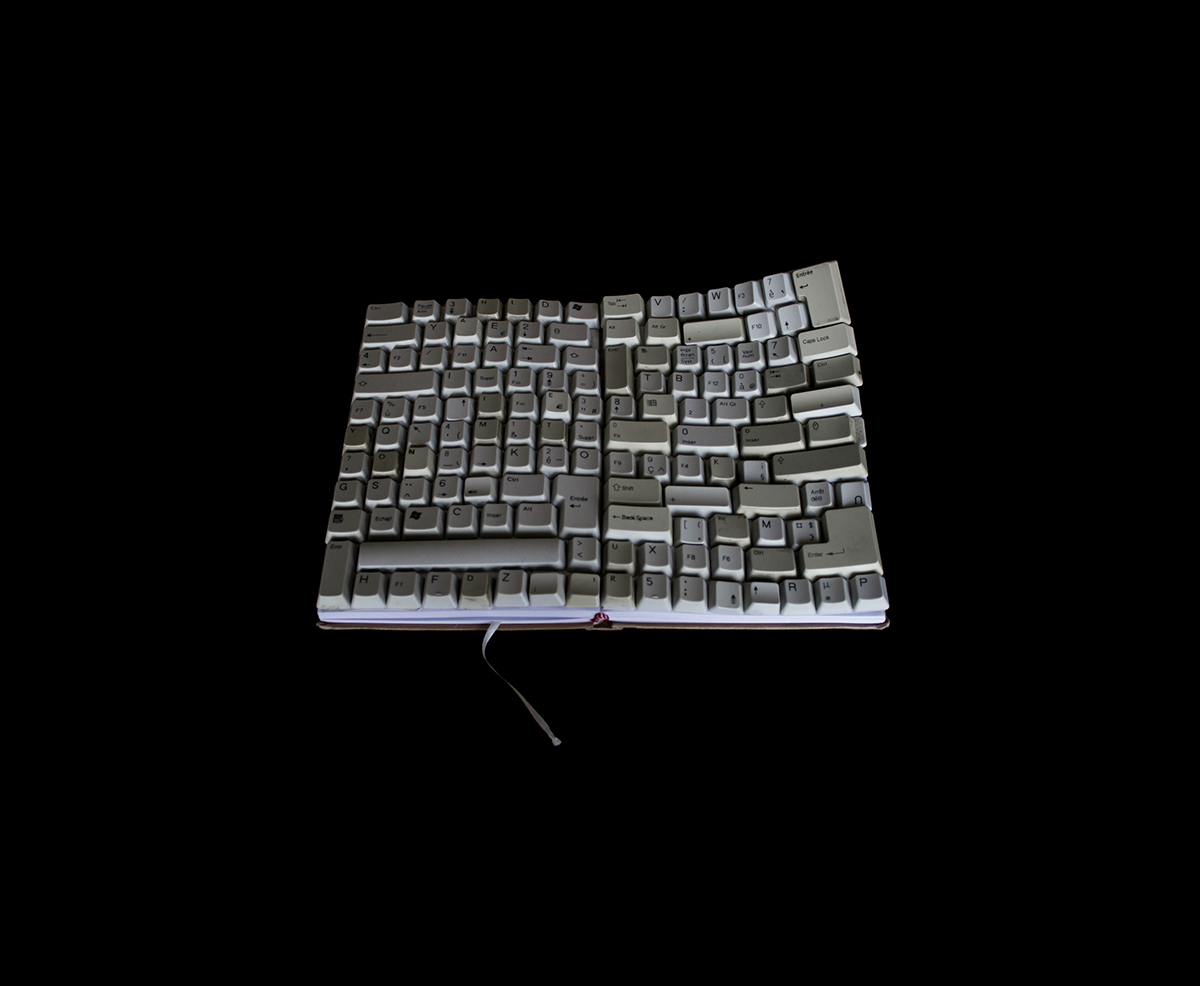Metamorphoses
Artwork statement
We are two visual artists working in France. We are Bulgarian, a half-barbaric tribe coming from the east to get all the social benefits and all the jobs of the western citizen (in particular England if we trust the British media which provokes Chomsky to be even more proud of his theories / Noam Chomsky;
Media Control, The Spectacular Achievements of Propaganda, 59p/).
Media Control, The Spectacular Achievements of Propaganda, 59p/).
Bulgaria is a country situated on the Black Sea and the Danube, it has borders with Turkey, Greece, Macedonia, Serbia and Romania. At the moment it is the Black Sea, which interests us and especially its coast filled with rich history.
Recently we moved into a new apartment. The exact address is 67, Roman Road, Strasbourg. Our residence is called Julius Caesar. Yes, Julius Caesar on the Roman Road in his precious Gaul: what a coincidence. It is necessary to pursue our thoughts. This famous Julius is murdered, but not before adopting his nephew, Octavian, the first Roman emperor. It is the latter who lived during the time of Ovid, the famous author of “Metamorphoses”.
The work tells the stories of transformation of men, heroes or gods in animals or plants. Ovid lived in the first century, a time when the worship of the sacred mysteries in Ancient Rome was flourishing. This is deducted by the place accorded by Ovid to Orpheus (the famous Thracian singer who lived 150 km away from our home town, in the sacred mountain of Thrace: Rhodopi) and Pythagoras (book XV). We find a deep interest in the philosophy on the fate of souls. Moreover, we also notice the fact that for Ovid the metamorphoses can be ascending and descending. His work inspired numerous artistic works through the centuries to our days. We as artists want to develop several objects and ideas which pull his influence of these antique texts. Nevertheless, we want to adapt them to our modern time. Today we changed our heroes, we changed our gods. We present you a series of small objects which translate Ovid’s "Metamorphoses» with our own heroes and gods, the heroes and gods of computing and information. Interesting questions immerse as for the direction of the metamorphoses: upwards or downwards.
One last notice: Ovid begins the writing of «Metamorphoses” in the year 1, the year Jesus Christ was born according the monk Denys Le Petit in 523. Given that in-depth studies on the Gospels (James D.G. Dunn, Jesus Remembered, Eerdmans Publishing (on 2003), page 324) show us that his birth would occur 3 to 5 years before that and taking into account that the second major event with traces during the centuries of this year is the writing of " Metamorphoses ", we can say that we are 2015 After Metamorphoses (AM).
Nevertheless Ovid falls into disgrace and he is exiled by the emperor. He was sent to the beginning of our story: to the Black Sea, on the territories of former Thrace. He dies in Tomis, current Constanta in Romania (named after a different emperor). Our story made a complete tour and now it is necessary to pursue a last line of thought.
We must admit that we began this artwork statement with a certain idea. This statement is going to be different. We wanted to explain and work on the metamorphosis. The Larousse dictionary gives us the definition of the term: a) Change of a being in another one, a total transformation of a being to the point that it is not recognizable anymore; and b) Complete modification of the character, the state of somebody, the aspect or some shape of something. It is necessary to add that the metamorphosis sticks perfectly to the evolutionary concept which was crucial for anthropology science. Then from an anthropological and biological point of view we can say that the metamorphosis is actually a kind of evolution.
So you can consider this statement as a thing which wants to evolve. Think of all the artwork statements which want to be more, they want to be the Artwork. Maybe the real metamorphosis is not in the objects which we are presenting? Maybe this text, which is supposed to be nothing else than a simple statement, said to itself "Why not me?... I can be the first one.” We would like to believe that those were the same exact words as the first organism, the first plant and the first animal said to themselves. Then the total change begins. Nevertheless, this text cannot make the ultimate step of evolution without the works which provoked its existence in the first place.
The work is competing for the Dauphine Prize in Paris.

installation, 2014
banana, banana peel, 20 keybord keys
banana, banana peel, 20 keybord keys

installation, 2014
pineapple, keyboard keys, duct tape
"New trophies, new traditions, a brand new world" series
Installation object
sabre, keyboard keys
installation, 2014
clementine peel, cable
Installation, 2014
22 keyboard keys, acrylic paint, bowl, water
22 keyboard keys, acrylic paint, bowl, water
Installation; 2014
Bread, cables
Bread, cables
detail

installation, 2015
pill wrap, dices

installation, 2015
diary, keyboard keys

